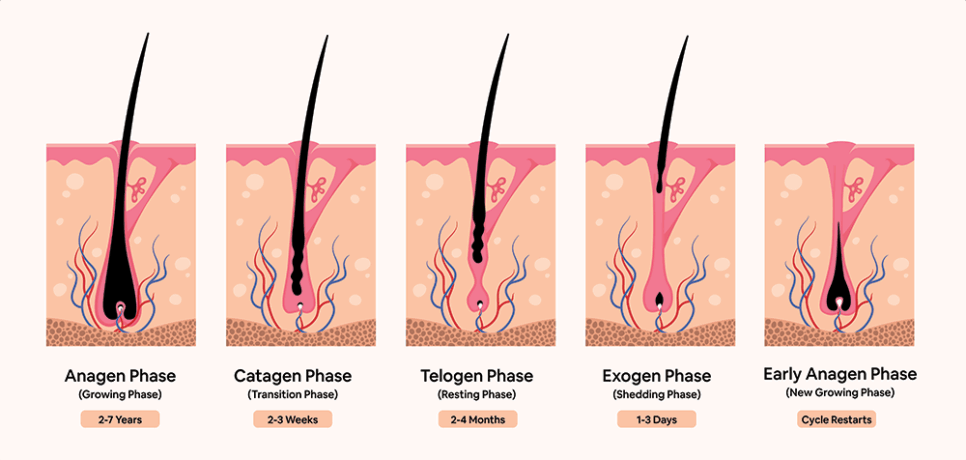Finasteride use keeps hair, and in many cases regrows what you’ve lost. If you’re interested in joining the millions of UK men who have taken finasteride, consult your doctor or medical professional. Together you can determine if finasteride can help you to reverse the effects of MPB.
Other options, such as topical minoxidil or hair restoration surgery (also known as a hair transplant) may offer alternative solutions or could possibly be used in tandem with finasteride as part of a comprehensive hair restoration protocol.
Ultimately, the degree to which you lose your hair is influenced by genetics and other factors, but it’s comforting to know that help is available if you want it. Finasteride is one of the most powerful and effective treatments available on the market today. If the ultimate goal is restoring a healthy head of hair, a little finasteride shedding is worth it in the long run.





